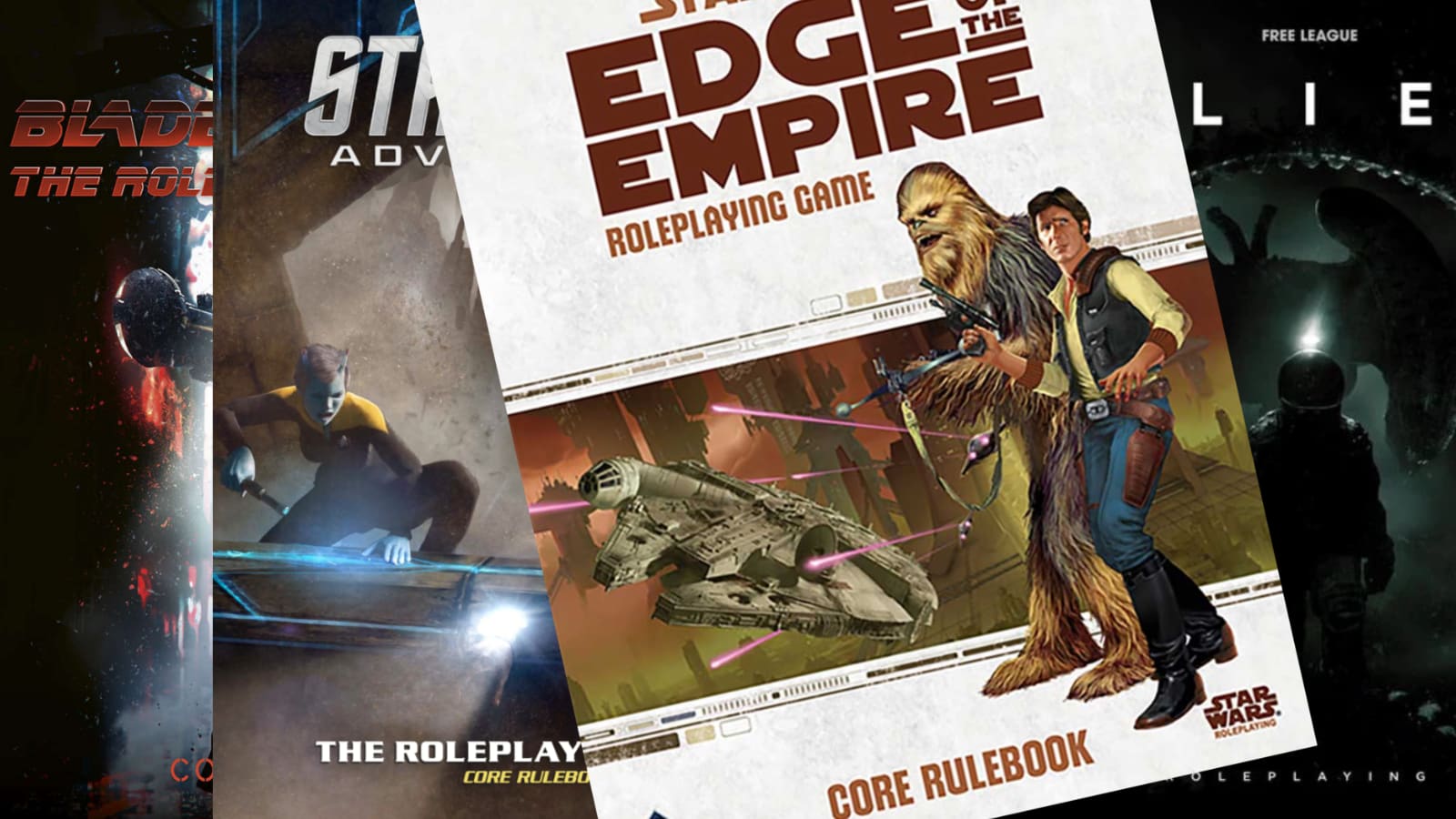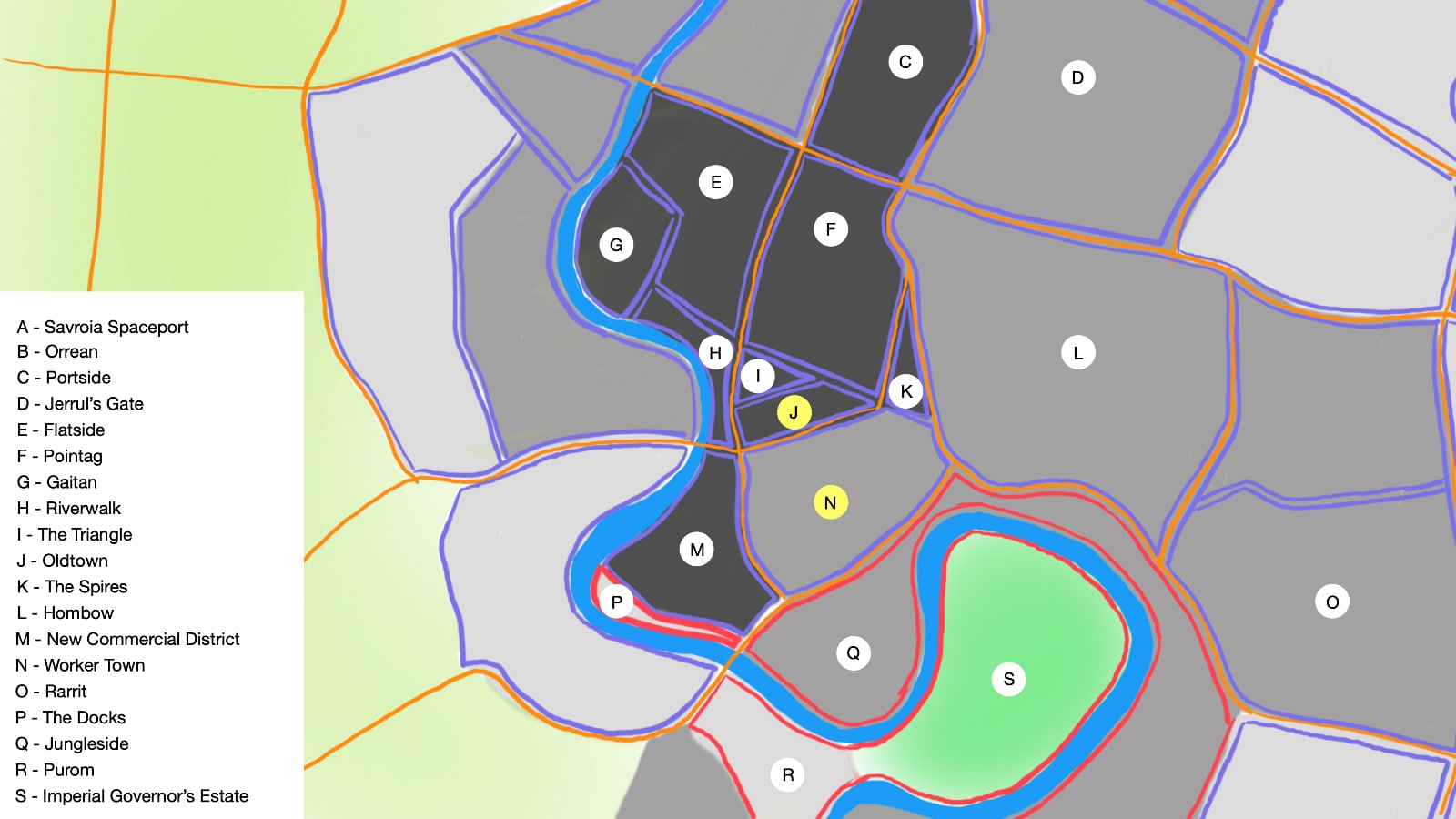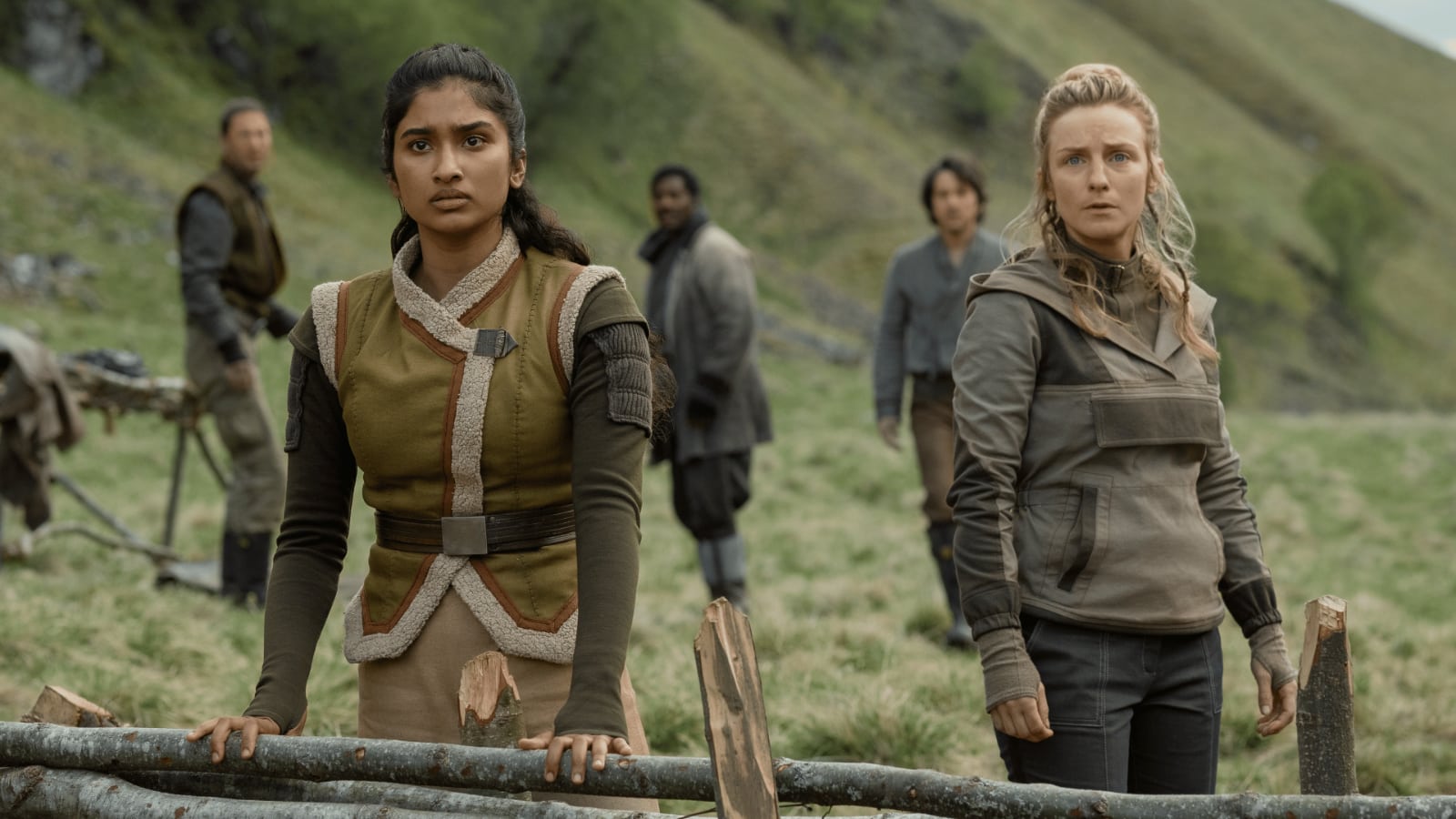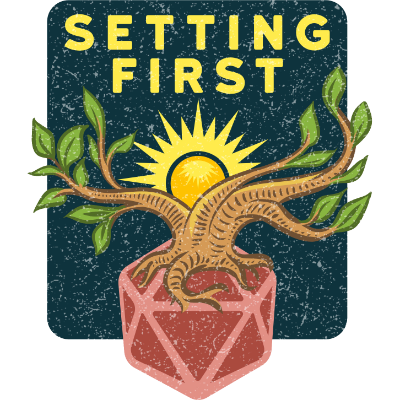
How your campaign interacts with canon is important, but there are other ways to think about licensed settings.
This appeared originally as a YouTube video, but in an effort to be evenhanded, I’m providing the transcript here, so you can either read the post below or watch it in video form.
What sort of experience are we looking for when we buy a game built on a licensed setting like Star Wars, Star Trek, Aliens, or Blade Runner? Well, that depends, of course.
Your crew might want to get in the middle of the canonical action—fighting alongside Luke Skywalker on Hoth, for example, or serving on the USS Enterprise under Captain Kirk. But that can really constrain a campaign. Constraints aren’t necessarily bad; I think constraints are imperative, actually, in tabletop roleplaying. They give birth to creativity.
But if you want to adhere to canon, the GM and players may both be constrained by the canonical story to a stifling degree. You can decide not to adhere to canon, which provides more latitude and can lead to really cool outcomes. Then there’s another approach, which I’ll hone in on for this video—what I call stretching the setting.
By stretching, I mean examining an aspect of the setting that is hinted at but not filled in, either by the canonical source material or by the game itself. To briefly illustrate this approach, I’ll talk about a 16-session Star Wars: Edge of the Empire campaign called Under the Spires, which I ran in 2018.
I’d been thinking about how Star Wars is full of situations where the main characters wind up in a city like Mos Eisley, Cloud City, or Coruscant, for example. They get into trouble, then they zip off to some other locale. But what about the people still in those cities? How did the Galactic Civil War affect them? How did they survive in the midst of the war? This also got me fired up because, ever since I encountered Burning Wheel a decade ago, I’m always thinking of ways to test player character convictions and put them into situations that require difficult choices between competing external forces and internal motivations.
The City of Savroia
So why not put the PCs in a city that was caught in the middle of the war? The Edge of the Empire rules already concern themselves with the seedy underbelly of the Star Wars galaxy. But I wanted to ground the story in a single city—which was, in 2018, a deviation from Star Wars norms, since The Book of Boba Fett wasn’t released for another three years. Actually, you could call it a deviation—but another name for it would be a stretching of the Star Wars setting. Yes, stretching it to a planet only thinly mentioned in canon. But more importantly, stretching it thematically.
Not only did I want the PCs to be caught between the Rebellion and the Empire, I wanted the PCs to be the baddies. Not “Hey, I keep my mouth shut and don’t ask questions” smugglers like Han Solo, but really morally challenged individuals looking to climb up the ladder and take control of their city’s criminal underworld.
The players were totally on board with this, as I knew they would be. Both the Rebels and the Empire would rather see them dead than alive, and they would only be out for themselves. But I wanted the war to come to their city and force them to think about more than their personal gain. What kind of world do they want to live in and fight for?

I found the world of Ord Mantell in the Edge of the Empire core book and decided on the city of Savroia as the PCs’ home. Nothing in canon said anything about the city, which gave me free rein. I determined it was a city devoted primarily to the production of holovids and the entertaining of visitors through all manner of activities—think Hollywood crossed with Las Vegas.
I used the geography of Bangkok as a rough guide and figured the city had a population of around 2 million, with several named districts, each with its own flavor. I set up the criminal gangs in the area, the key NPCs, and the gang the PCs belonged to, and the details of a few establishments and NPCs.
Then I created a very small ring of Rebels and a couple of Rebel agents to pop in and out from time to time, gave them an overall plan, and did the same for the local Imperial presence. Then I set the wheels in motion.
The PCs made moves to advance in the criminal underworld, even as the Rebel plans unfolded and the Imperials attempted to thwart the Rebels. Very quickly, all three threads became intertwined, and the campaign moved along at a rapid clip, culminating in the PCs backing the Rebels and taking part in an uprising right after the destruction of the first Death Star.
Tone and Themes
There’s a question about tone—how much do you adjust it? Edge of the Empire is already incorporating the tone of the scummy underbelly of Star Wars. Sometimes flipping the tone puts the original material into stark relief and makes for excellent drama—as Deep Space Nine did for Star Trek, for example, and later Andor did for Star Wars. These shows stretched these universes and made them even more compelling than they had been before—more complex and deeper. And of course, we can do this in our own campaigns.

At its core, Star Wars is about pulp adventure, so at the end of the day, these thematic explorations can’t overshadow the true feeling of a Star Wars adventure, which is about action now, not endless planning. As an aside, one of the things that makes Andor stand out from the rest of Star Wars canon is its deliberate pacing and its emphasis on the smallest details. If you’re going to make a stretch like that in your campaign, everyone will really need to be bought into it ahead of time. Otherwise, players may feel like they’re not actually playing in the game universe they signed up for.
Another theme: heroism rather than caution. And then finally: elimination of one threat only revealing another, bigger threat. I incorporated all of these factors into the Savroia campaign.
Why It Worked
It wound up being a really fun campaign because the contours of the Star Wars milieu were well known to all of us, which allowed me to focus on providing lore mostly about the city itself and the groups in it. And because there was no Skywalker family drama and none of the action could conflict with canon, the PCs were constrained by in-game forces—they had no way of getting off-world and wouldn’t have wanted to anyway—rather than by sort of metagame concerns or worrying about inadvertently poisoning canon.
The failures and victories were purely those of the PCs, and they didn’t have to share glory with any of the Star Wars galaxy’s heroes. By the same token, the opponents they took down were their opponents and had special value to them.
And as I mentioned earlier, this approach isn’t the only way to play in a licensed setting. Some players will want to be able to interact directly with the big characters from canon, and that’s part of the draw for a lot of players. But you can see how stretching can open up new possibilities that allow you to retain the appeal of the licensed setting, but also deepen it by exploring your own themes in your own ways.
If you’ve stretched a licensed setting at your table, I’d love to hear about it in the Setting First Discord.
Ω

